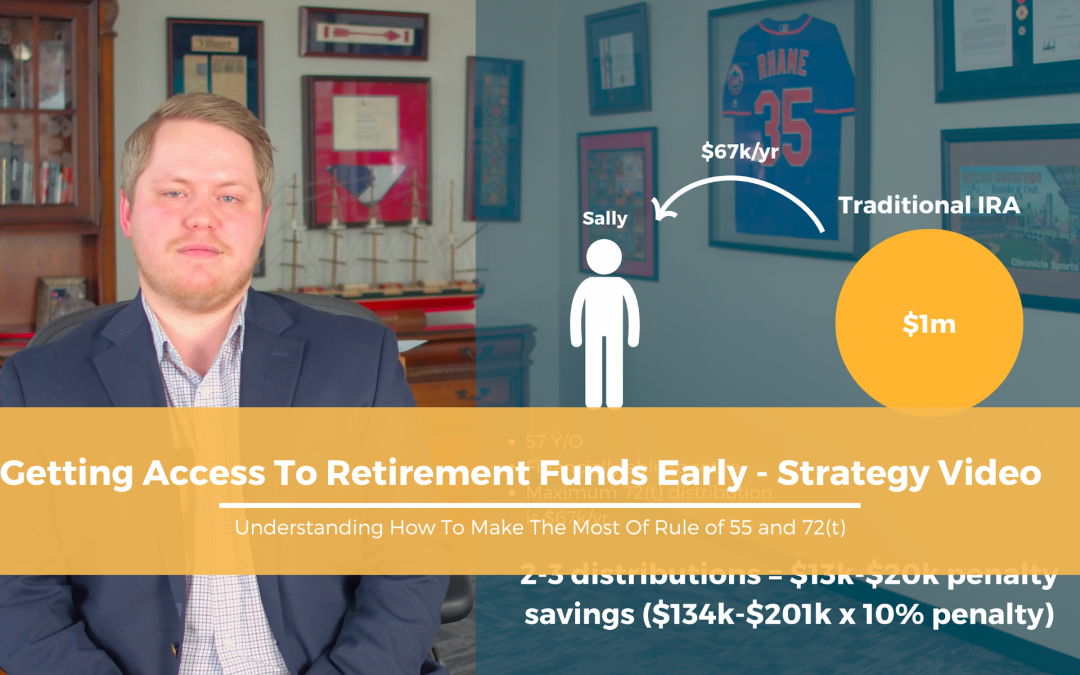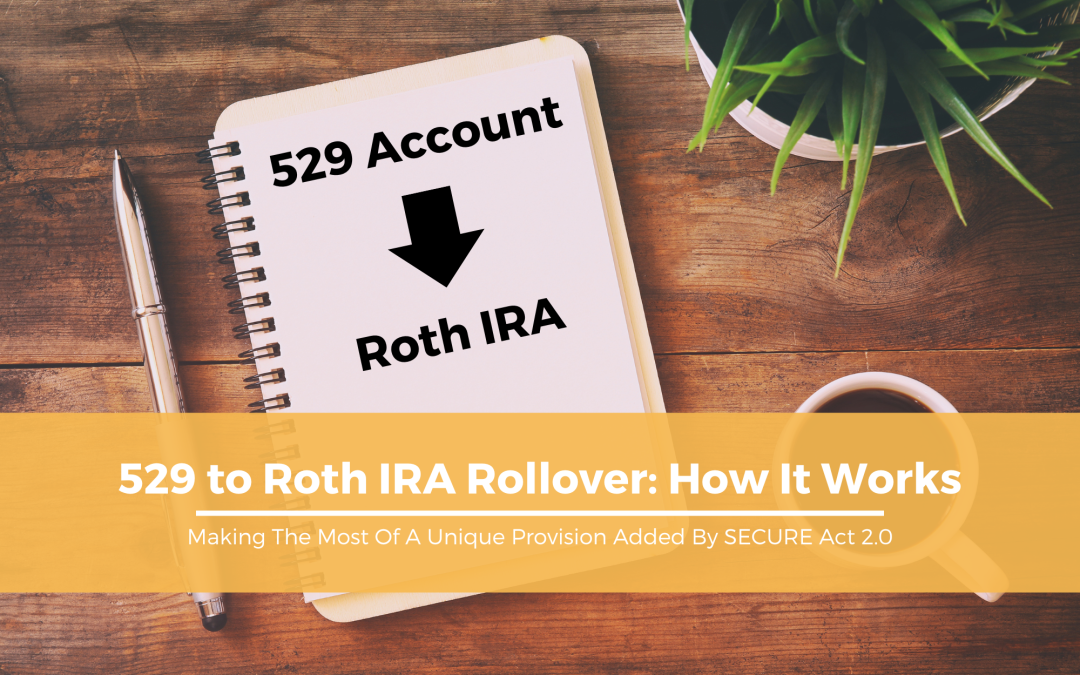Qualified Retirement Plans: Defined Benefit vs Defined Contribution
Understand The Two Main Types of Employer Sponsored Qualified Retirement Plans
Retirement plans are an essential avenue for individuals to save and invest for their years beyond retirement. Employers are allowed to establish many different types of plans for their employees to participate in. These retirement plans can be broken down into two primary groups: qualified and non-qualified plans. The main difference between a qualified plan and a non-qualified plan is that the qualified plan is covered by ERISA. However, a non-qualified plan does not meet all the requirements for ERISA coverage. Understanding the intricacies of each type of plan is vital in making informed decisions based on the resources available to you.
Qualified retirement plans are required to meet several stringent rules to ensure that the plan is nondiscriminatory. This basically means that the plan cannot excessively benefit highly compensated individuals at the company and the plan benefits all employees in a proportional fashion. Other components that qualified plans must meet include ERISA compliant vesting schedules and employee coverage and participation in the plan. Both defined-contribution plan and a defined-benefit plans must meet ERISA requirements to be considered a qualified plan.
Defined Contribution Plans
A defined contribution plan allow for employees to make contributions. In addition to the employee contributions, some employers may elect to match some or all of this contribution. There are several defined contribution plans that are subject to ERISA qualifications. The most common is employer-sponsored 401(k) accounts and 403(b) accounts. Although Thrift Savings Plan (TSP) accounts and 457 plans qualify as defined contribution plans, these two structures are not subject to the ERISA guidelines.
A significant benefit of investing in a defined contribution plan is the tax advantages within the account. Typically, there are 2 types of contributions to a defined contribution plan: Pre-Tax and Roth. Select retirement plans allow for After-Tax contributions, which can open the ability for Mega Backdoor Roth conversions. With Pre-tax contributions, you get a tax deduction today and the taxes on both the growth and contributions are taxed when you pull the funds out. For Roth contributions, taxes are due on the income today, but all withdrawals are considered tax-free including growth.
There is no guarantee what the balance of a defined contribution plan will be at retirement. The sole responsibility lies on the investor (the employee). Both 401(k) and 403(b) accounts are subject to a maximum deferral amount specified by the IRS. For 2023 this amount is $22,500 and if you are over the age of 50, there is an additional $7,500 dollar catch-up that is allowed to be made.
Another component of select defined contribution plans are employer contributions. These employer contributions can be made via an employer match, non-elective deferral or profit sharing to the employees. The balance will be determined largely by the employee’s savings rates throughout their career, how long they have been saving, and the rate of return on their investments.
Example 1
For this example, we will be talking about a woman named Jane. She makes $250,000 and receives a 7% match to her company retirement plan. She is 42 years old and unfortunately, does not have any retirement savings to date. She understands she is behind in savings and wishes to retire at 62.
Jane contributes the IRS max of $22,500 and receives her employer contribution of $17,500 for a total of $40,000 a year in contributions. At 50, she begins to utilize the $7,500 catch-up contribution and her investments make an average of 7% a year. In this example, Jane will accumulate $1,773,983.08 in her 401(k) over the 20 years.
Example 2
For this example, we will be talking about a man named Jerry. He makes $140,000 a year and also receives a 7% match. He is 30 years old and wants to begin investing for retirement. He wants to retire at 60.
Jerry contributes up to his employer match of 7%, so the total contribution to the plan would be $19,600 each year. At 50, Jerry’s daughter is going to college, so he decides he will not use the catch-up contribution at all. After 30 years of contributions, he will have accumulated $1,851,431.41 in his 401(k) with the same 7% rate of return.
As you can see, the balances are very similar even though Jerry contributed a much smaller principal balance to his defined contribution plan over his career.
Defined Benefit Plans
A defined benefit plan is a retirement plan that is solely funded by the employer. These plans are commonly referred to as pension plans, but there are a variety of different types. The benefit is accumulated over time based on a combination of factors including age, average earnings, and years of service with the company.
Unlike defined contribution plans, employees cannot make contributions to a defined benefit plan. Defined benefit plans do not bring the same tax benefits to the employee as defined contribution plans. Ultimately, the responsibility of investing and ensuring that the plan is sufficiently funded falls on the shoulders of the employer.
Each year, pension actuaries calculate the future benefits that are projected to be paid from the plan, and determine what amount, if any, needs to be contributed to the plan to fund that projected benefit payout. Employers are normally the only contributors to the plan, but defined benefit plans can require that employees contribute as well.
Depending on the company, there are several ways that the pension benefit may be received. Most defined benefit pension plans default to an annuity payment that is fulfilled for the remainder of your lifetime. However, sometimes the beneficiary is allowed to take their account balance as a lump sum. When the lump sum option is chosen, understanding where the funds should go is important to mitigate an unexpected tax liability.
Conclusion
Saving for retirement is a crucial aspect of financial planning, and understanding the different types of retirement plans available is essential to make informed decisions based on individual needs and resources. Qualified and non-qualified plans are the two primary categories of retirement plans, with the former subject to the stringent requirements of ERISA.
Defined contribution plans, such as 401(k) and 403(b) accounts, offer tax advantages to employees and are commonly used for retirement savings. On the other hand, defined benefit plans, commonly known as pension plans, are solely funded by the employer and do not offer the same tax benefits as defined contribution plans. Everyone’s financial picture is at least a little different and making sure you are accounting for and utilizing the avenues available is the best first step.
Need Some Help?
If you want to discuss your financial position with knowledgeable professionals who can help you identify and overcome ways to best maneuver volatile markets, please feel free to reach out to us here at Rhame & Gorrell Wealth Management for a complementary financial plan review.
Our CPA, CFA, and CERTIFIED FINANCIAL PLANNER (CFP®) professionals have years of experience and are happy to help answer any retirement questions you might have.
We can help you review your financial and tax situation and come up with a custom strategy going forward.
Feel free to contact us at (832) 789-1100, [email protected], or click the button below to ask a question or schedule your complimentary strategy session today.
IMPORTANT DISCLOSURES:
Rhame & Gorrell Wealth Management, LLC (“RGWM”) is an SEC registered investment adviser with its principal place of business in the State of Texas. Registration as an investment adviser is not an endorsement by securities regulators and does not imply that RGWM has attained a certain level of skill, training, or ability.
This material has been prepared for informational purposes only, and is not intended to provide, and should not be relied on for, tax, legal or accounting advice. You should consult your own CPA or tax professional before engaging in any transaction. The effectiveness of any of the strategies described will depend on your individual situation and should not be construed as personalized investment advice.
For additional information about RGWM, including fees and services, send for our Firm Disclosure Brochures as set forth on Form ADV Part 2A and Part 3 by contacting the Firm directly. You can also access our Firm Brochures at www.adviserinfo.sec.gov. Please read the disclosure brochures carefully before you invest or send money.






